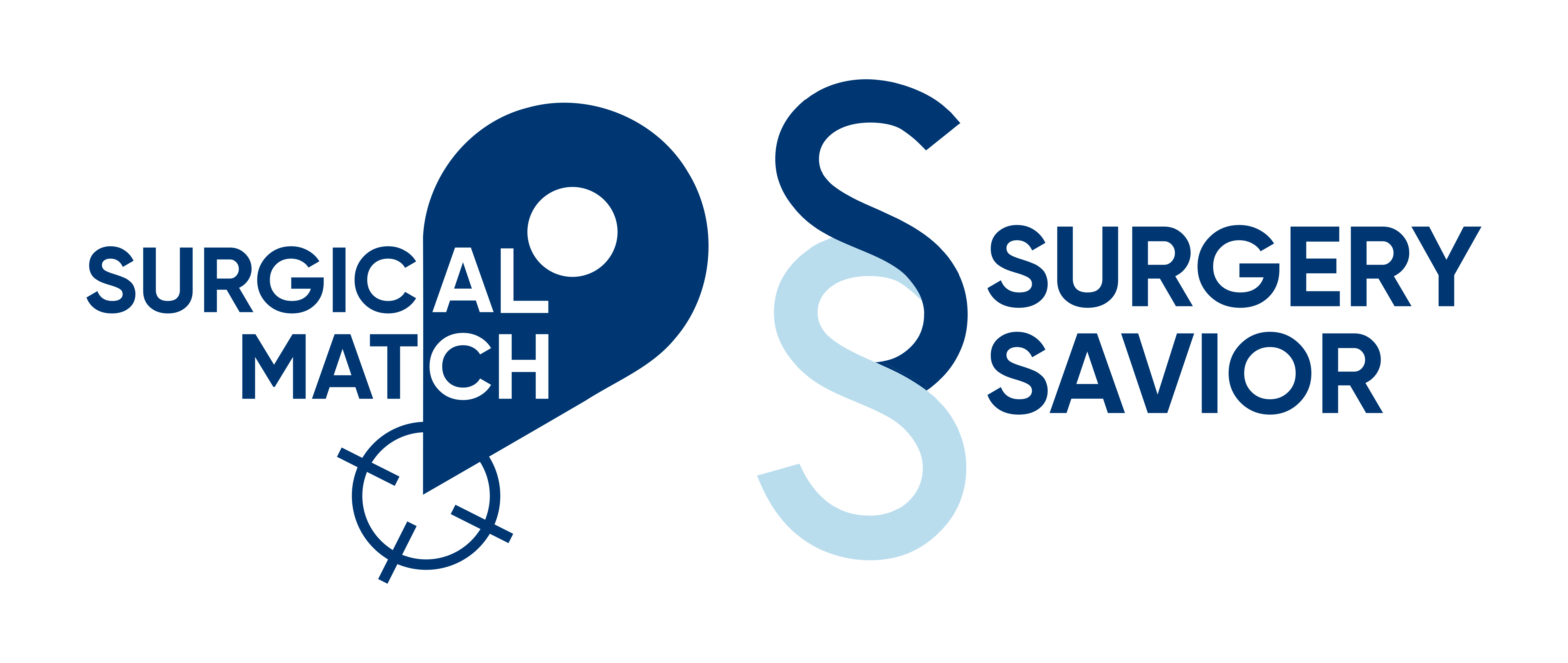Neurology / Brain
Neurology/Brain
Departments under neurology deals with cases such as epilepsy, cerebrovascular diseases, sclerosis, Alzheimer’s disease, stroke, migraine and headache, brain tumors, etc.
Some risk factors include age, head injury, trauma, tobacco use, genetics, physical inactivity, unhealthy diet, etc. Developing a healthy lifestyle can help reduce the risk of neurological disorders.
Exercise, avoiding smoking, healthy eating habits, etc all play a major role in both prevention and treatment.
Although the cure of some of these diseases are yet to be found, most of them can however be well controlled. Timely diagnosis with the best treatment options can save lives.
Here are some few examples of some neurological conditions. Followed by the various treatment options. Feel free to contact us for more information peculiar to your condition.



- Brain strokes
- Brain Tumour
- Parkinson’s Disease
Brain stroke
Brain stroke is when the arteries leading to the brain either gets blocked by a blood clot or is raptured. When this happens the bras in unable to get the needed blood supply and cells eventually dies. Craniotomy can be used to treat this kind of condition.
Parts of the brain:
There are different part of the brain and each area is responsible for different kinds of activities or abilities. Depending on the part that has been affected, there is a loss of normal function of that particular body part of the body. The three main parts include the Brainstem, Cerebrum and Cerebellum.
Stroke at any part of the cerebrum can lead to frequent headache, feel nauseous and vomiting, lack of balance and coordination and dizziness.
In the same manner brain stem stroke affect vital life signs such as breathing, the heart and vision, Victims can be in coma, have swallowing and speaking disabilities or experience paralysis.
The cerebrum ordinates the memory function, behavioral changes resulting in emotional states such as anxiety and depression. The ability to read, learn , have good visions and do analysis result from the proper functioning of the cerebrum.
There are a lot of treatment options for brain stroke. This includes but not limited to craniotomy, use of Blood pressure medicines (to reduce the pressure of the flow of blood in the vein and arteries), Carotid endarterectomy (This involves the opening up of the carotid artery to remove clots and fatty acids.)


Brain Tumour
Brain tumor is a growth of brain cells that multiplies in an abnormal, uncontrollable way. Examples of tumors in the brain include meningioma and glioma. They can begin from the brain (primary brain tumors) or be as a result of a spread out cancer from another part of the body (metastatic or second brain tumors) .
Types of tumors:
Not all tumors are cancerous. Non cancerous tumors (benign brain tumors) can however grow overtime and begin to press the brain tissues. Malignant brain tumors are cancerous and grow very quickly. Cells from this growth invade and destroy brain tissues at a very fast rate. Other types under these major one include Gliomas and related brain tumors, Embryonal tumors (They are usually cancerous cells from fetal development and stay in the brain after birth), Nerve tumors, Pituitary tumors and others that happen around the brain.
Some symptoms of brain tumor:
The symptoms of a brain tumor differs from type to type but they are mostly dependent on the location and size of the tumor. Also, attention to how fast the tumor is growing needs to be considered. Some common symptoms are frequent and unexplained headache, feeling nauseous and vomiting, movement, speech and chewing difficulty, weakness, seizures, dizziness or vertigo, behavioral changes, etc
Surgical approach:
There are multiple treatment options for the reatment of brain tumors but surgery would usually be recommended most of the time. The surgeries are usually done to help in the diagnois of the tumor, to give other treatment such as radiotherapy and chemotherapy, remove some par tor the whole tumor to cure it. Some surgical procedures include craniotomy (explained below), Neuroendoscopy, also removal of a pituitary tumor via the nose can be done as well. Most of these procedure are done in addition to Chemotherapy and Radiology treatments.


Parkinson’s Disease
This is a neurological disorder in the brain cells that affects movement. The production dopamine by of neurons is affected and thereby transmission of signals to the brain is disrupted. The chemical Messenger called Dopamine plays a very vital role in the transmission of these signals. Coordination of millions of nerve cells are dependent on the adequate function of dopamine in the body. Due to inadequate or loos of dopamine production in the brain, Parkinson’s patients have difficulty in movement.
Other symptoms include poor balance, tremors, rigidity and mental health issues like dementia and depression. Due to the impairment of the autonomic nervous system, some patients can experience irregularities in blood pressure, uncontrolled bladder and bowel movements.
Diagnosis, Treatment and surgical approach :
Diagnosis is made by conducting series of tests like blood and urine, use of positron emission tomography (PET) scan or a magnetic resonance imaging (MRI) scan. electrocardiogram (ECG), X-rays, etc.
Medications, therapies, nutrition counseling and surgical approach can be employed in the treatment of Parkinson. A multi-disciplinary approach can be required. The most common surgical procedure used is the Deep Brain Stimulation (DBS), Ablative Surgery and transplantation. All explained below.
Our Approach



(Neurosurgery) Treatments
Departments under neurology deals with cases such as epilepsy, cerebrovascular diseases, sclerosis, Alzheimer’s disease, stroke, migraine and headache, brain tumors, etc.
Some risk factors include age, head injury, trauma, tobacco use, genetics, physical inactivity, unhealthy diet, etc. Developing a healthy lifestyle can help reduce the risk of neurological disorders.
Exercise, avoiding smoking, healthy eating habits, etc all play a major role in both prevention and treatment.
Although the cure of some of these diseases are yet to be found, most of them can however be well controlled. Timely diagnosis with the best treatment options can save lives.
Surgical approach:
Patient who apply to us are able to have a definite diagnosis in the shortest time possible. This plays a major role in the early treatment of the disease and that can be life saving. Angiography departments, Magnetic Resonance (MR), computed tomography (CT) units are always available. Well equipped modern surgical rooms with the availability of laminar airflow and HEPA filters are used for all neurosurgical procedures. Life threatening surgeries can now be performed using advanced technologies such as laser CUSA and microscopy for spinal cord interventions like spinal canal narrowing and spinal fixations. Both open and closed methods are applicable, well supervised by qualified team of medical professionals.



- Craniotomy
- Neuroendoscopy
- Parkinson's Disease surgeries
Craniotomy
Treatment options that require surgery in the head are usually termed as craniotomy.
Conditions that can require Craniotomy :
- Diagnosing, removing and treating brain tumors
- Circulating an aneurysm
- Removing blood or blood clots from a leaky blood vessel
- Removing an arteriovenous malformation (AVM) or treating an arteriovenous fistula (AVF)
- Draining an infected pus-filled brain abscess
- Repairing skull fractures
- Repairing tears in the membrane covering the brain (dura mater)
- Relieving pressure inside the brain (intracranial pressure) by removing damaged or swollen areas of the brain that could result from a traumatic injury or stroke
- epilepsy treatment


Neuroendoscopy
This is a minimally invasive technique that involves the use of an endoscope through the nose or mouth to access the brain. The endoscope is light sensitive and have cameras at the end that enables that surgeon to navigate safely. Inside this instrument are also technological applications that can be used to treat the targeted tumor or remove build up fluid in the brain. Most of the cases in which this procedure is applied usually have the tumors located at the pituitary gland not far from the nose.


Parkinson's Disease surgeries
Where the patient is not recommending to medications or therapies, the doctor can recommend a surgery to help improve the quality of life of the patient. There are three major surgical approch to Parkinson’s disease. Deep Brain Stimulation (DBS), Ablative Surgery and transplantation.
Deep Brain Stimulation (DBS)
This surgical procedure is able to treat the tremors and slows down the disruption of the neurons. A brain stimulator is inserted into the brain, to temporarily disable the activities of the overactive cell when pulse of electricity are released by this procedure. The aim is not to completely destroy the cells. The procedure has been known to provide a very good relief for patients and has few and mild side effects compared to other treatment options.
Transplantation
During this procedure, cells that produce dopamine are implanted into some parts of the brain. This is a restorative surgery through the process of transplantation. The source of the cells used in the transplantation process vary. It can be from other parts of the body of the same patient or in some cases from animals such as pig.A lot of research is still being done on this matter
Ablative Surgery
This surgical procedure aims at targeting the and the completely destroying the cells affected by the disease. Main objective is to destroy the cells that causes the abnormal chemical impulses and tremors. The most common surgery for Parkinson’s disease is pallidotomy which is the l lesion of the globus pallidus.
Alzheimer’s disease is a progressive disease beginning with mild memory loss. İt can also lead to loss of communication ability with one’s environment. Alzheimer’s disease affects parts of the brain that control memory, thought and language.
Our Approach



Schedule a free consultation
Location
Istanbul, Turkey
Hours
Our flexible hours can
accommodate all your
needs
Aftercare/Tourism Packages



